Download a Formal Letter Template for Professional Use
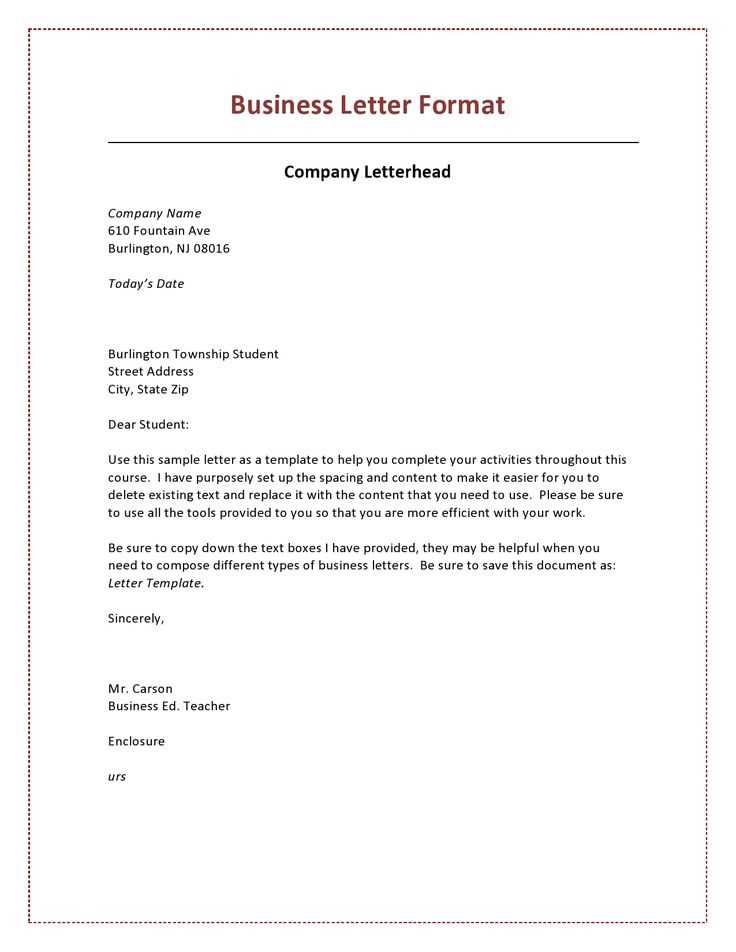
Effective communication in business and personal matters requires clarity and structure. Crafting a well-organized document can leave a lasting impression and ensure your message is understood. Whether you are writing to a company, a colleague, or an official entity, knowing the correct approach to structure your communication is essential.
By using a predefined structure, you can easily convey your message with confidence and professionalism. This approach helps maintain consistency across all your written communications, whether for job applications, requests, or important notifications. It ensures that all necessary components are included without unnecessary distractions.
Mastering this method will not only improve your writing but also save you time. Once you understand the core structure, you will be able to adapt it for any context and audience, ensuring your correspondence always meets expectations.
Understanding the Importance of Professional Correspondence
When communicating in a business or official context, presenting your thoughts clearly and respectfully is vital. A well-structured message demonstrates professionalism and ensures that your communication is taken seriously. It can set the tone for future interactions and help build trust with recipients.
Why Structure Matters
A structured approach allows the writer to deliver their message effectively, avoiding confusion or ambiguity. It organizes thoughts and ideas in a way that is easy for the reader to follow, helping to avoid misunderstandings. In many cases, the clarity of your message can determine the outcome of your communication.
When to Use Structured Communication
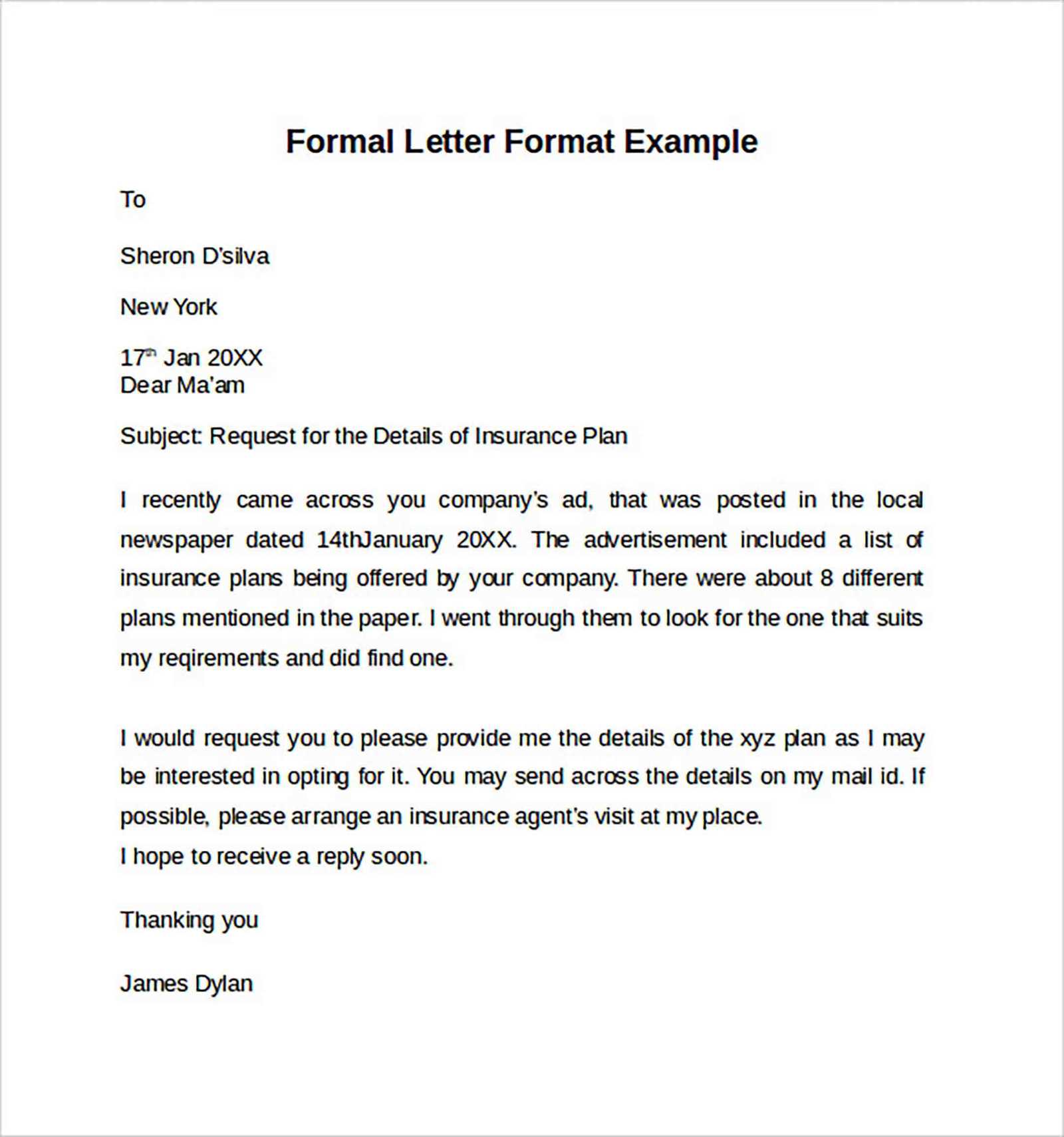
- Job applications and professional requests
- Official communications with government or businesses
- Requests for information or action
- Responses to formal inquiries
Using a standardized method for crafting such documents ensures that important points are not overlooked, and recipients can easily extract the information they need. This is especially critical when you are dealing with deadlines, formal agreements, or legal matters.
Key Elements of Professional Correspondence
For any official communication, certain components must be present to ensure clarity, respect, and efficiency. These elements help guide the recipient through the document and ensure all necessary information is included. Whether writing to a company, an individual, or a government entity, understanding the structure is essential for successful communication.
The core components include the recipient’s information, a clear introduction, the main message or request, and a courteous closing. Each section serves a specific purpose, making sure the recipient understands the intent and context of the communication. Attention to detail in each part will reflect your professionalism and improve the likelihood of a positive response.
By following a consistent approach to constructing your documents, you ensure that your message is both coherent and professional, while also providing a sense of respect and formality that strengthens your communication.
How to Choose the Right Format
Selecting the appropriate structure for your communication is crucial to ensuring it is well-received and understood. Different situations require different approaches, and knowing how to format your message appropriately can make a significant impact on its effectiveness. The choice of format should reflect the level of professionalism required and the nature of the relationship with the recipient.
Generally, there are a few common formats used for different types of communication. Below is a comparison of the most widely used structures, each suited to various contexts:
| Format | Usage | Key Features |
|---|---|---|
| Block Style | Professional correspondence, business communication | All parts aligned to the left, no indentation, simple and clear |
| Modified Block Style | Official letters, less formal than block style | Return address, date, and closing lines aligned to the right |
| Indented Style | Personal messages, less common in modern business | Indented paragraphs, more traditional feel |
Choosing the right format ensures that your message is both clear and professional, making it easier for the recipient to follow and understand your intent. Make sure to tailor the format based on the formality of the communication and the expectations of the audience.
Tips for Writing Professional Correspondence
Creating effective and respectful communication is an essential skill in both business and personal interactions. A well-crafted message can establish your professionalism and ensure your ideas are conveyed clearly. Whether you are making a request, presenting information, or addressing a concern, following a few key guidelines can significantly improve your writing.
Maintain Clarity and Conciseness
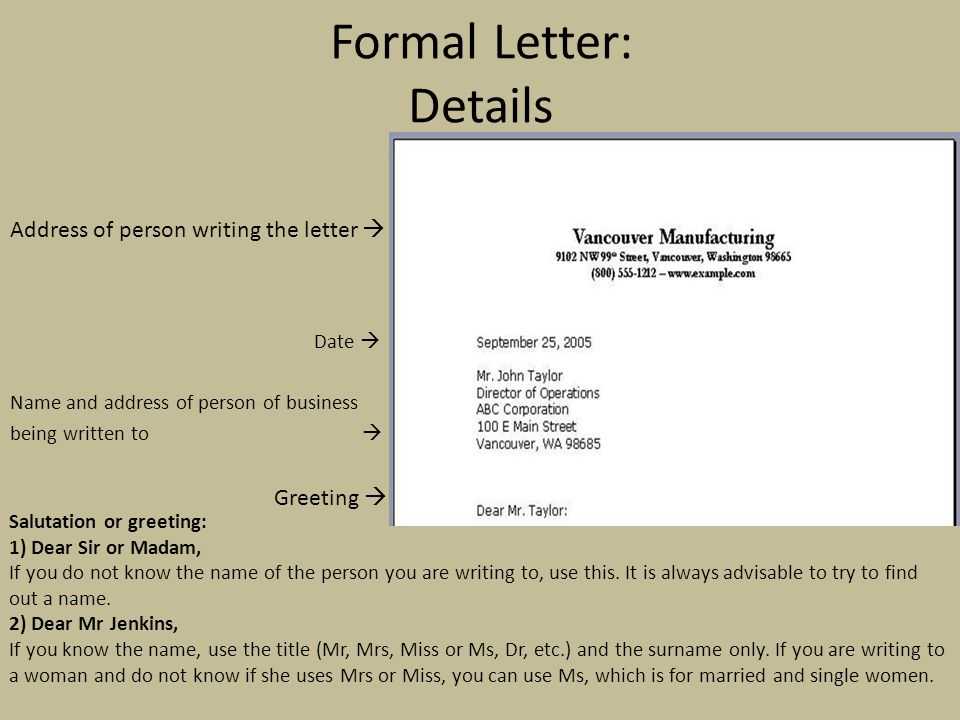
Be clear and to the point in your writing. Avoid unnecessary jargon or long-winded sentences that may confuse the reader. Make sure each paragraph communicates a specific idea, and use simple language that is easy to understand. Short and direct sentences will help your message come across effectively without overwhelming the reader.
Use a Polite and Respectful Tone
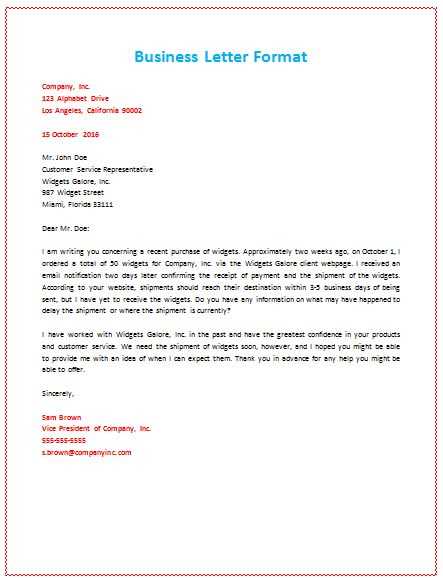
In any professional communication, it is important to maintain a tone that is both polite and respectful. This helps build rapport and ensures that the recipient feels valued. Even when addressing a problem or making a request, remain courteous and professional in your choice of words. A positive tone will encourage a constructive response.
By following these tips, you can improve the effectiveness of your communication and ensure that it is received in the spirit it was intended. The right approach will help you achieve your goals while maintaining professionalism in all your interactions.
Common Mistakes to Avoid in Letters
When crafting a professional message, certain errors can detract from the impact and clarity of your communication. These mistakes often stem from a lack of attention to detail or an unclear understanding of the recipient’s expectations. Avoiding these pitfalls is essential to ensure your message is well-received and achieves its intended purpose.
Overcomplicating the Message
A common mistake is making the message overly complex with long sentences or excessive details. While it’s important to include relevant information, clarity is key. Keep the content direct and concise, so the recipient can easily understand your point without having to sift through unnecessary content.
Neglecting Proper Structure
Another mistake is failing to organize the message correctly. A well-structured communication ensures that the reader can follow the flow of ideas easily. Avoid mixing different topics in a single paragraph, and ensure each section is logically presented. This makes the content more professional and easier to digest.
By being mindful of these common mistakes, you can significantly enhance the quality of your written communication and ensure that it leaves a positive impression on the reader.
Personalizing Your Professional Communication
While using a structured approach in written correspondence is essential, personalizing your message is what makes it stand out. Tailoring your communication to fit the recipient’s needs or preferences helps foster a connection and ensures the message resonates on a more individual level. A personalized approach can make your message more engaging and demonstrate your attentiveness.
Addressing the Recipient Directly
Always start by addressing the recipient by their appropriate title and name. This small gesture immediately sets a respectful tone and acknowledges the individual you are communicating with. Using specific details about the recipient’s role or situation can also make the communication feel more relevant and personal.
Adjusting the Tone and Language
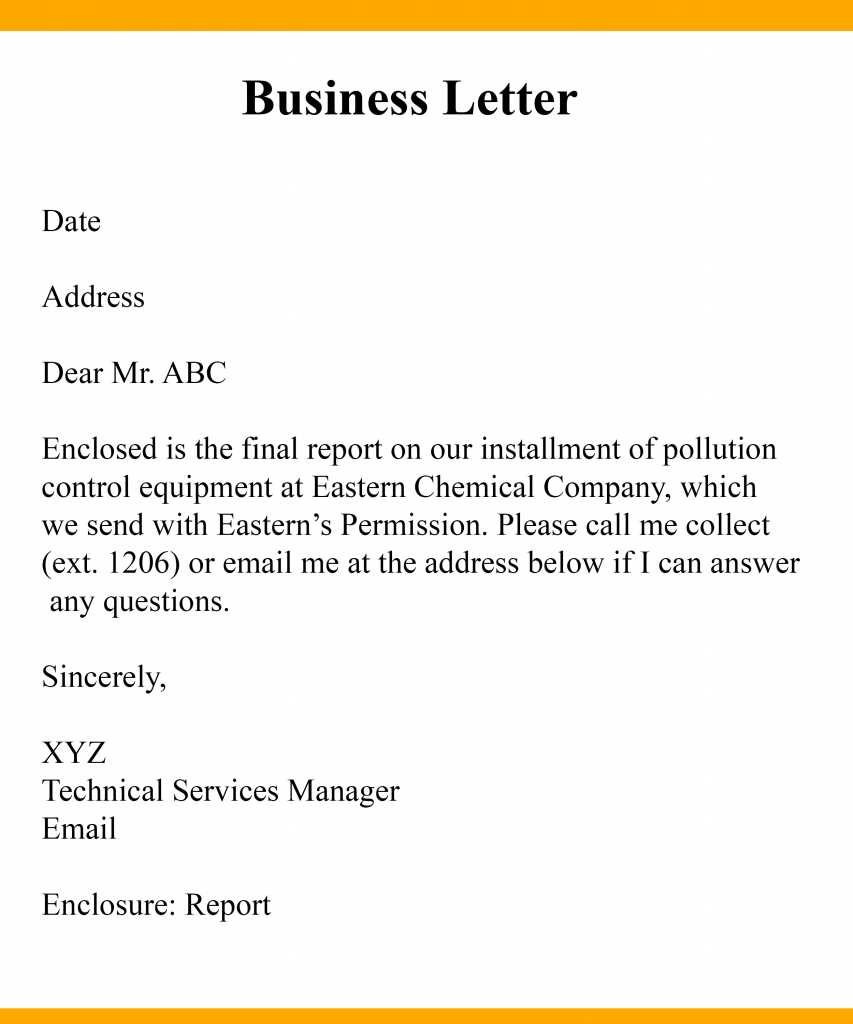
The tone of your message should reflect your relationship with the recipient. For instance, if you are writing to a colleague, you may use a slightly less formal tone compared to writing to a client or senior executive. Adjusting the language to suit the context helps build rapport and enhances the overall effectiveness of your message.
Personalizing your communication ensures that your message is not only clear and professional but also engaging and considerate of the recipient’s perspective.